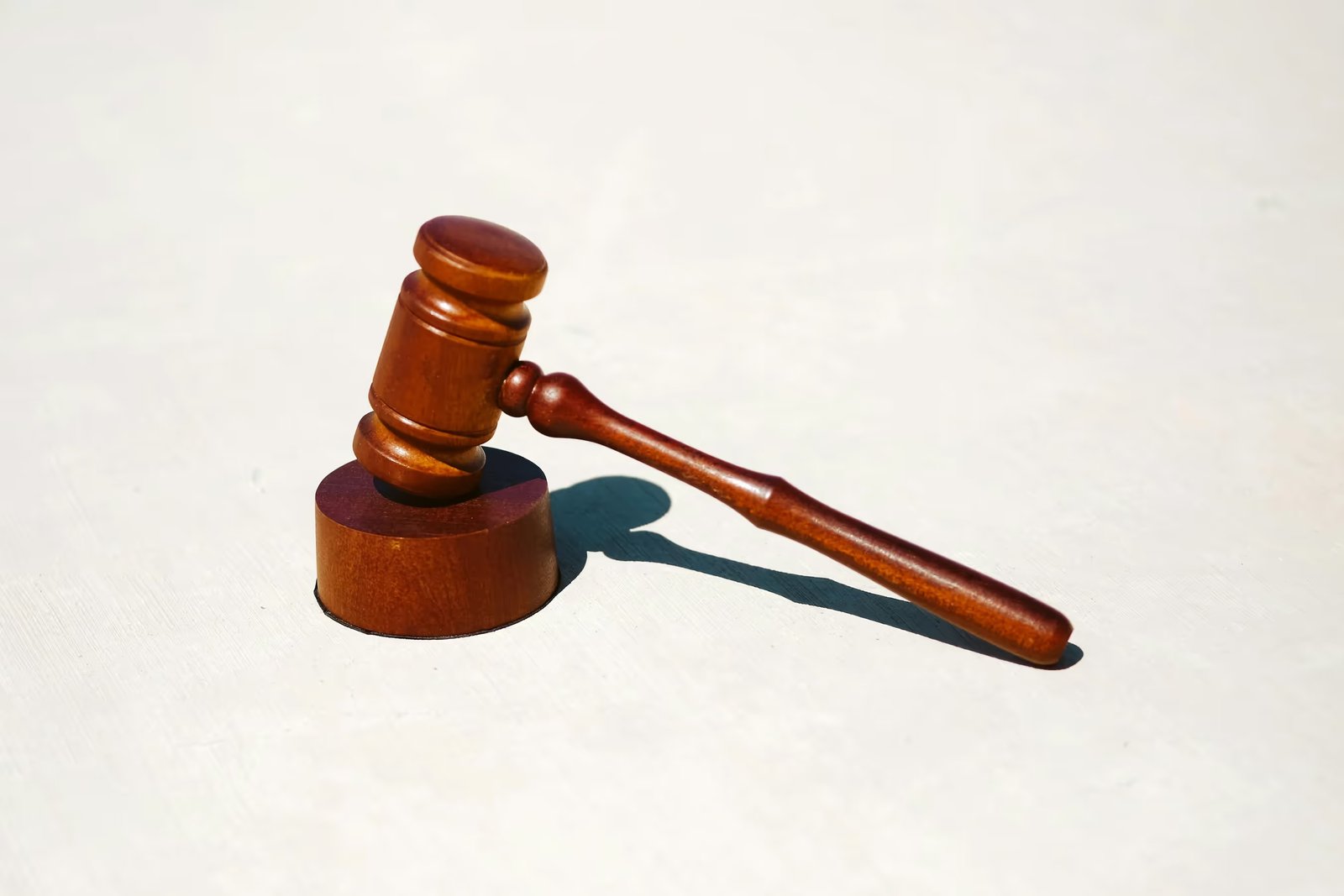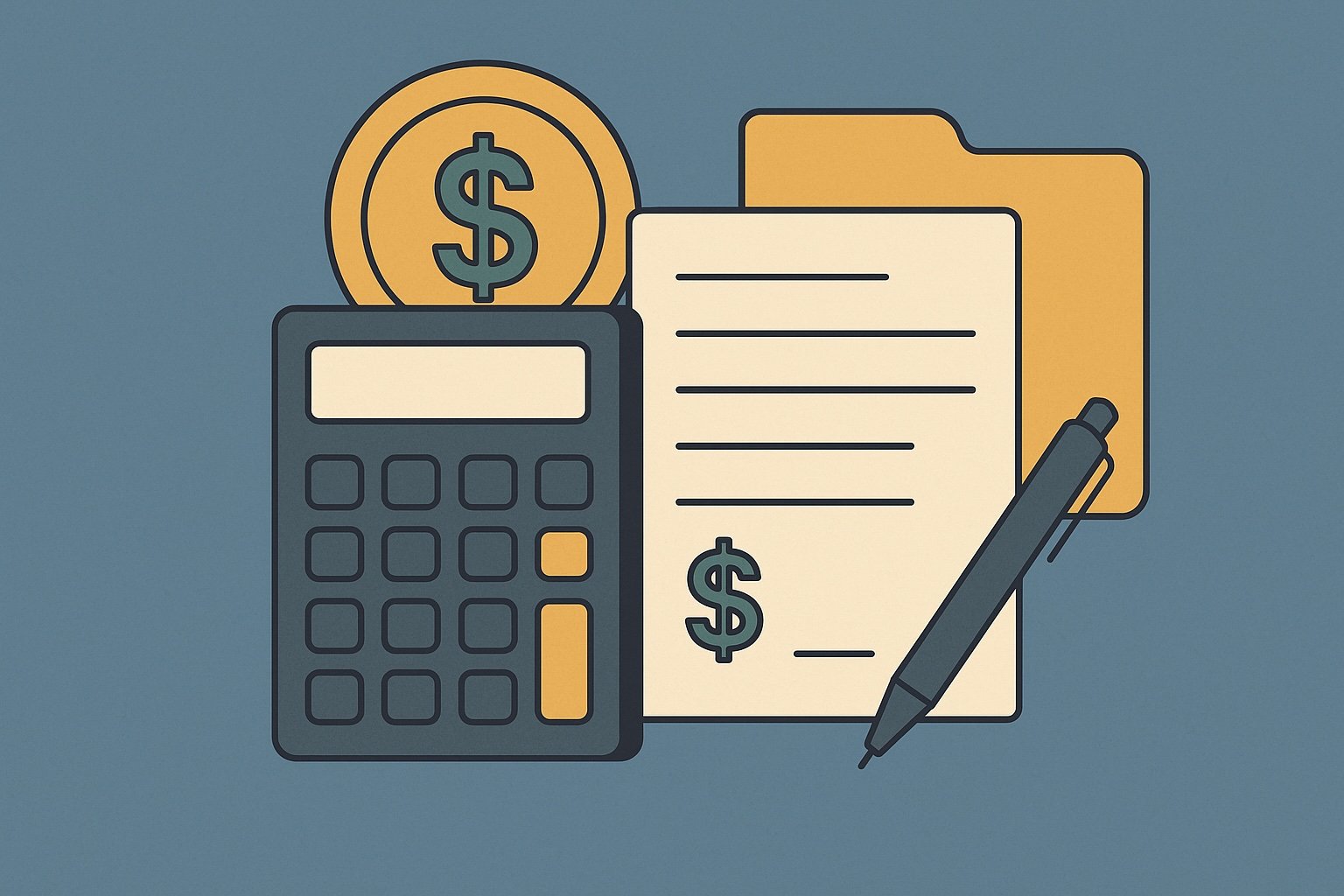Question
ARTE's Answer
The most common type of 1031 exchange is the “deferred exchange,” which is also known as a “delayed exchange.” This type of exchange allows investors to sell a property and subsequently acquire a replacement property, with the help of a qualified intermediary, without having to pay capital gains taxes at the time of the transaction. The deferred exchange is popular because it provides flexibility in timing and allows investors to defer taxes while reinvesting in like-kind properties.
In a deferred exchange, the process typically involves several key steps and strict adherence to specific timelines. Here’s how it generally works:
- Sale of Relinquished Property: The investor sells their property, known as the relinquished property. At this point, the proceeds from the sale are transferred to a qualified intermediary, such as us at Deferred.com, rather than directly to the investor. This is crucial because the investor must not have actual or constructive receipt of the funds to qualify for tax deferral.
- Identification Period: Within 45 days of selling the relinquished property, the investor must identify potential replacement properties. The identification must be in writing and clearly describe the properties. The investor can identify up to three properties regardless of their value, or more than three properties if their combined value does not exceed 200% of the relinquished property’s value.
- Exchange Period: The investor must acquire the replacement property within 180 days of the sale of the relinquished property or by the due date of their tax return for the year in which the relinquished property was sold, whichever comes first. This period includes the 45-day identification period.
- Acquisition of Replacement Property: The qualified intermediary, Deferred.com in this case, uses the proceeds from the sale of the relinquished property to purchase the replacement property on behalf of the investor. The replacement property must be of like-kind, meaning it must be real property held for investment or business purposes.
Let’s illustrate this with an example:
Imagine you own a rental property that you purchased for $200,000 several years ago. The property has appreciated, and you sell it for $400,000. After paying off a $100,000 mortgage and $20,000 in closing costs, you have $280,000 in net proceeds. You want to defer the capital gains tax on the $200,000 gain, so you decide to do a 1031 exchange.
You engage us at Deferred.com as your qualified intermediary. We hold the $280,000 in proceeds from the sale. Within 45 days, you identify three potential replacement properties, each valued at around $450,000. You decide to purchase one of these properties.
Within the 180-day exchange period, we use the $280,000 to help you acquire the new property, and you secure a new mortgage for the remaining $170,000. By doing so, you meet the requirement of reinvesting all proceeds and maintaining or increasing your level of debt, thus deferring the capital gains tax.
This example demonstrates the deferred exchange process and highlights the role of a qualified intermediary like Deferred.com in facilitating a successful 1031 exchange. By following the rules and timelines, investors can effectively defer taxes and continue to build their real estate portfolios.
Have more questions? Call us at 866-442-1031 or send an email to support@deferred.com to talk with an exchange officer at Deferred.
Sources
1031 Question? Ask ARTE
Deferred's AI 1031 Research Assistant is trained on 8,000+ pages of US tax law and outperforms human CPAs by 22%+
CHAT NOW
Learn More
See more frequently asked questions about 1031 exchanges








